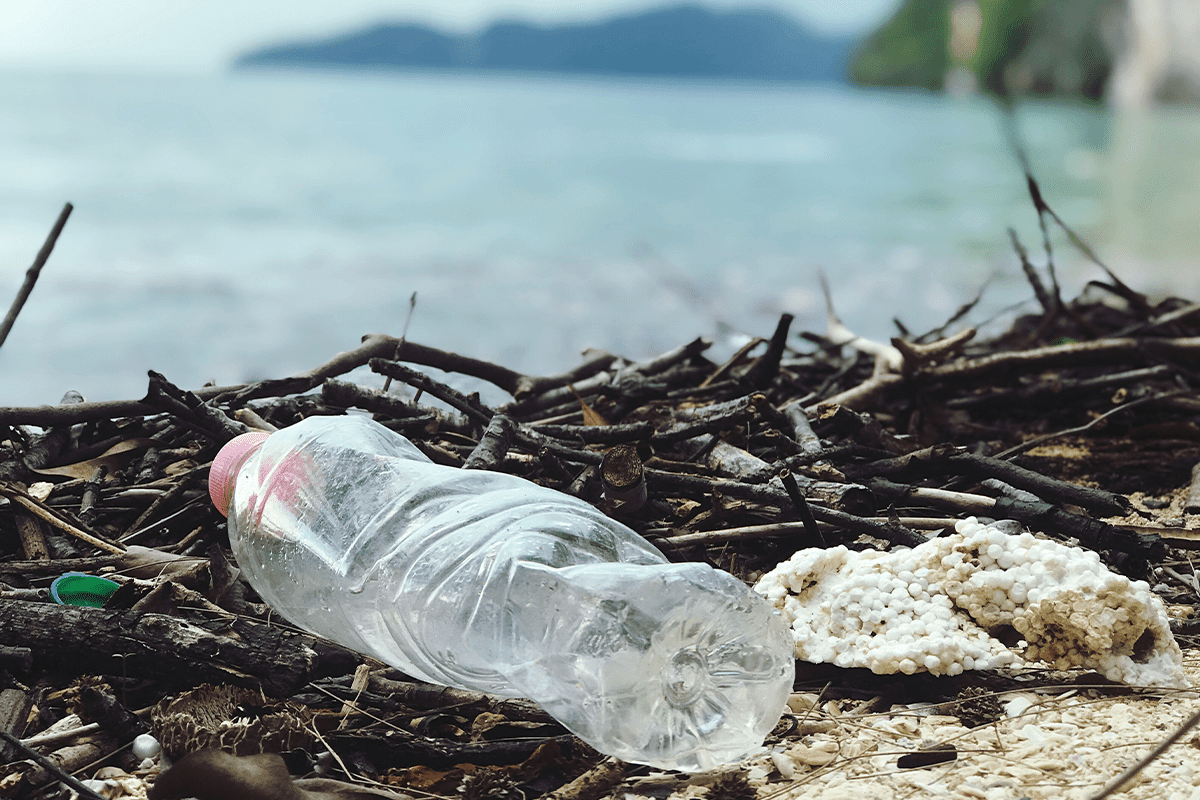Plastic has become an enormous problem for the entire planet, as it’s estimated that between five and ten million tons of this material are dumped each year on the land and in the oceans.
Unfortunately, about 550 tons of plastic in Costa Rica are produced daily, and approximately 80% ends up in the sea.
Bioplastics have been presented as a possible solution for this environmental issue in the last two decades. However, they do not degrade in natural environments and require industrial composting.
“Bags, plates, cups, and straws, among other single-use items, are sold in stores and supermarkets with labels and terms such as oxo-biodegradable, biodegradable, biological, compostable, and green. These products have the same environmental impacts as plastics of petrochemical origin and are not alternatives to eliminate traditional plastic,” said Alberto Quesada from the Mar Viva Foundation.
To test these new materials and determine their effects on the environment, the University of Costa Rica (UCR) conducted a study with the participation of the Natural Products Research Center (Ciprona) and the Chemistry and Biology schools.
The objective of the experiment was to evaluate the biodegradability of materials identified as polylactic acid (PLA) and oxo-biodegradable (OXO), which are labeled as “biodegradable.”
These materials were evaluated in a home composting system for 78 weeks. The composting test was adapted from two standards, which establish that the plastic material has to reach 90% degradation or the same degradation of the reference material (cellulose) at 31 weeks.
Researchers compared the mass values of the materials to measure changes in matter, and after 31 weeks of composting, the mass of the analyzed plastics did not suffer any changes.
Dr. Rosaura M. Romero Chacón, a chemist and one of the researchers participating in the study, explained that “normally, additives are added to polymers so that they have certain characteristics, such as color and some physical properties.”
She also explained that the problem is that some additives cause plastics to break down into smaller particles and are dangerous.
On the other hand, bioplastic is a “polymer derived from renewable, biodegradable sources or both.” However, many of them have other compounds added that make them no longer biodegradable.
Dr. Keilor Rojas Jiménez also pointed out that “plastics enhance the pollution of the environment because they will be there for hundreds of years.”
For the experts, there is a severe problem with labeling these products since they give the consumer an erroneous impression of what they really are.







